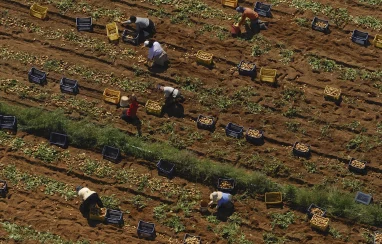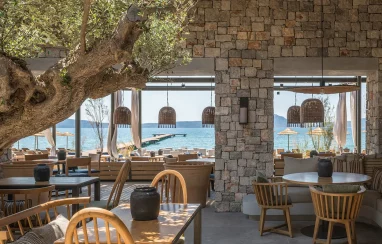By Paulina Björk Kapsalis
Did you know that the famous “Greek tomatoes” we all love aren’t actually a specific tomato at all? On the contrary, the plump tomatoes in your salad here are so sweet and flavorful simply because they’re harvested locally and allowed to ripen on the vine. In fact, everything in the bowl is local – a fact we love not just because of the superior flavor, but also for its sustainability implications.
At Costa Navarino, home to over 40 dining venues boasting a number of different cuisines, chefs work hard to ensure that more than 60 percent of the ingredients used come from local producers. Last month, author and nutritionist Estella Schweizer spent four days in the kitchens of the destination’s restaurants, working with the chefs to make their menus even more sustainable. We met for a chat about plant-based food, how restaurants can influence change, and Kalamata olives:
What are the different pillars of climate-friendly eating?
For sure regional and seasonal eating, to minimize transportation and the need for cooling systems on the supply chain, which requires a lot of energy. Sourcing our ingredients regionally reduces that. It’s not possible all over the world – for example, some nuts and pulses don’t grow everywhere on the planet, so we need to use those respectfully and invest in Fairtrade and direct trade conditions in those cases.
Working with raw ingredients is another one. We can cook with unprocessed foods that come straight from the field, rather than prepackaged, highly processed ingredients, because all of that processing also absorbs a lot of energy.
And then, finally, eating mostly plant-based. On this planet now, we have 8 billion people and 85 billion farm animals, and the amount of food – grain and pulses – we need to feed them is immense. They don’t just eat what they need either, but are fed so as to quickly become obese, and producing all that food has led to rainforest deforestation. All of this requires a lot of both land and energy, which could be reduced drastically. Doing that would be sustainable.
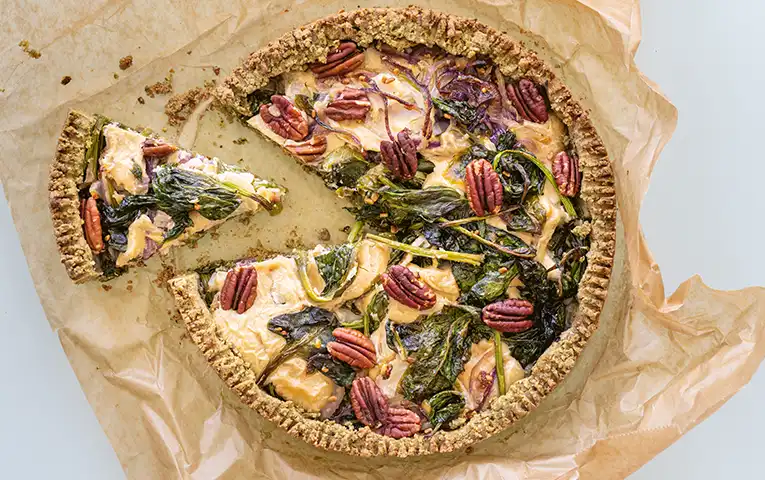
Why are flexitarians the most important group to inspire when it comes to eating vegan?
Because they’re openminded! They are considering the pros and cons of their choices in life, not just about nutrition but also regarding health and lifestyle. They’re also curious to discover new things, and they like the taste of plant-based ingredients. While they’re open to eat meat from time to time, they have different values.
What flexitarians value most of all, according to the scientific research, is personal health, and they’re aware of the negative effects of a diet rich in animal protein – consequences like cardiovascular diseases, diabetes, cancer and obesity. As a result, they’re already reducing the amount of meat in their diets and very open to eating more vegetables. Therefore, when the plant-based offer is appealing and fits their Epicurean taste, they’re more likely to choose it again and again. In fact, they will happily choose a plant-based starter, main or dessert if it’s to their taste. They have no prejudice against vegan food.


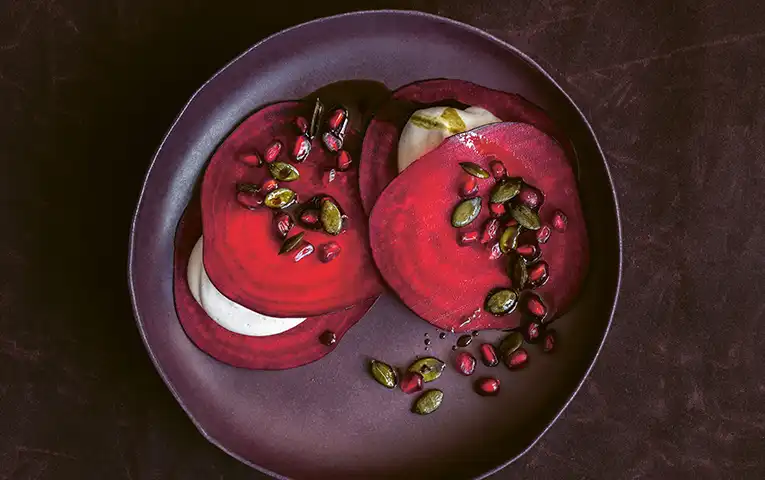
People in Messinia, where Costa Navarino is located, are lucky to have access to a bounty of great local produce. Was there anything you ate here that everyone should try?
I had olive oil, sundried tomatoes… And I’ve never had such good Kalamata olives in my life! I really appreciated those, and focusing on such regional sources is something I would really encourage. The food just tastes so different – so rich in flavor and consistencies.
I always thought of our “Mediterranean diet” as very approachable, because it’s healthy but also delicious. What are your thoughts on it?
The Mediterranean diet is a very, very healthy and complete diet. The problem is that people misinterpret it, and associate it with the consumption of meat, fish and cheese. In fact, the Mediterranean diet is very rich in pulses, like various beans, chickpeas and lentils; grains; regionally sourced vegetables; and for sure olive oil – in huge quantities! There might be some fish or meat on the plate, but it’s not the main dish. Traditionally, people were too poor to have that every day. Similarly, I imagine stews known today as “ladera,” which are vegetables cooked in olive oil, might have initially been cooked in oil rather than water to kill bacteria in those times. The amount of oil might be a little much to have all the time, but it’s fine once in a while, and better than butter.
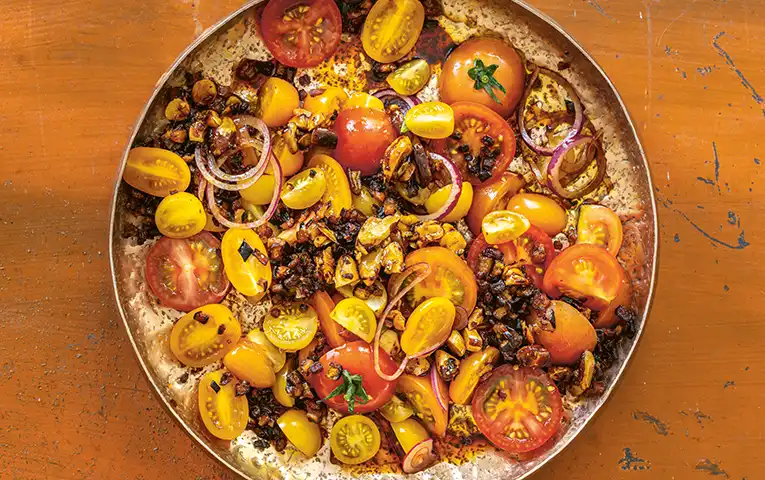
The Mediterranean diet is actually very similar to the diets of the Blue Zones [places in the world with the most centenarians, documented in Dan Buettner’s “The Blue Zones Solution”], where people eat very simple diets rich in local vegetables, greens, pulses and grains. They also sometimes include a little bit of an animal product, but in very low quantity.
I believe when most people think of Greek food, the first thing that comes to their mind is souvlaki. But as you say, the traditional food eaten in homes in Messinia are a lot less meat-centered. How can we change the image of our local cuisine?
It’s all about focusing on and communicating the plant-based side of it. We can also creatively replace the animal product in a dish with a plant-based one. For example, at Costa Navarino, we created a moussaka using soy hash and bechamel made with white beans and a little bit of cashew butter. Prepared correctly with the right spices, it has all the same characteristics as the traditional dish.
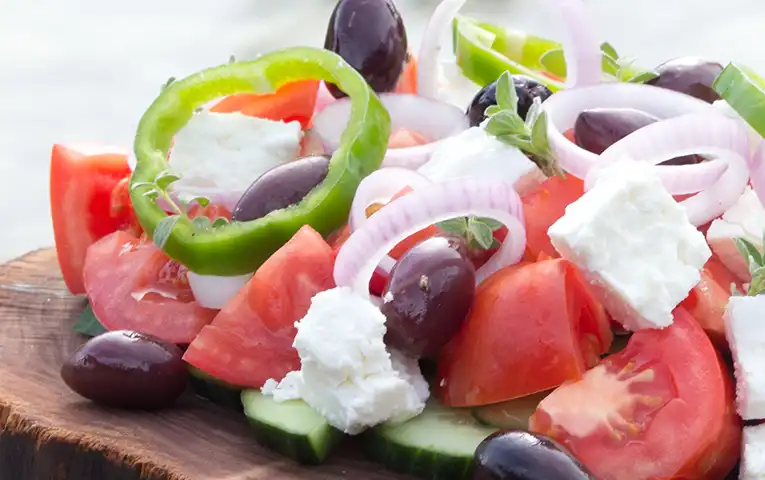
Can we take a moment to pay tribute to the classic Greek salad too?
Yes, and there’s a lot more. I’m preparing the recipes for a conference right now, and I found a lot of traditional Greek recipes that aren’t focused on meat and fish. These little fritters made with zucchini or tomato, the “fasolada” bean stew, dolmades – this is the everyday cuisine of the Greeks.
It’s all about influencing and setting new trends. I think that when the restaurants at Costa Navarino serving typical Greek cuisine present these old recipes in creative and appealing ways, we can shift the mindset of the guests over time.
As you know, sustainability is important at Costa Navarino. How much of an impact do you think the hospitality sector can have on the environment? Can we help make the world a better place?
Yes, I think it’s possible. Chefs need to create new plant-based dishes that are creative, attractive, and delicious, so there’s work to do and steps to take, but when guests are encouraged to try these new offers that can ultimately change their consumer behavior. That’s what happens when we go out to eat! We taste something new and think: “I need to try this at home.”
Unfortunately, what I see at many large hotel brands is that the infrastructure is kind of broken; they are connected to a large system of food trading because they need to provide food for a number of restaurants. Stepping out of that system and sourcing food from regional farmers is hard and a lot of work; it’s much easier to connect to the international food chain and suppliers who provide everything you need.
One challenge is that it does require guests to act a little differently too, and understand that luxury and sustainability can go together.
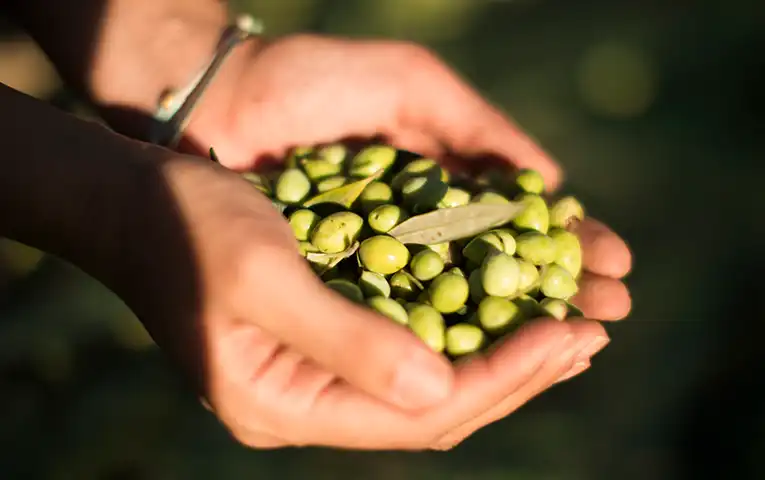
Finally – what was your best meal at Costa Navarino?
We had a dinner at Flame restaurant, which serves very modern cuisine, and each dish focused on one ingredient; I had one that was different textures of cauliflower, and another with beets combined with olives and olive oil… And then also sitting at the bar and having those Kalamata olives – I was fascinated by them!

